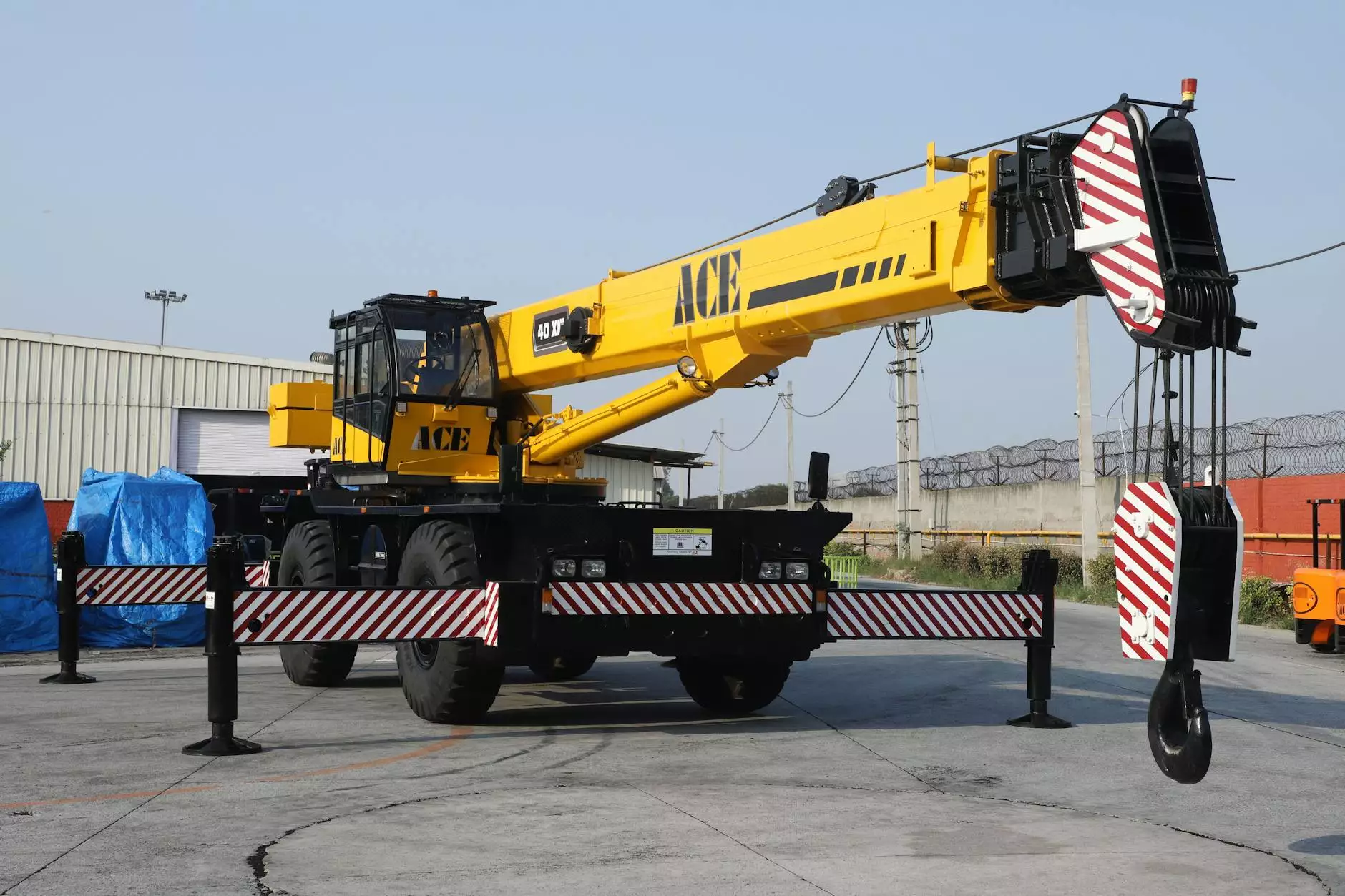Understanding Thoracolumbar Junction Syndrome: A Comprehensive Guide

The human body is a complex structure, with various interconnected parts that work together harmoniously. Among these connections, the thoracolumbar junction—which refers to the area between the thoracic and lumbar sections of the spine—plays a crucial role in overall mobility and function. When issues arise in this region, individuals may experience a condition known as thoracolumbar junction syndrome.
What is Thoracolumbar Junction Syndrome?
Thoracolumbar junction syndrome is a condition characterized by pain and discomfort located at the junction between the thoracic spine (the upper part of the back) and the lumbar spine (the lower back). This junction is a pivotal point in the spine, enabling a balance between flexibility and stability. Consequently, when this area is compromised due to injury, overuse, or structural abnormalities, it can lead to considerable discomfort and impaired function.
Understanding the Anatomy of the Thoracolumbar Junction
To grasp the significance of thoracolumbar junction syndrome, it's essential to understand the anatomical structure involved:
- Thoracic Spine: Comprising 12 vertebrae, the thoracic spine extends from the neck to the middle back, providing support to the rib cage and allowing for limited motion.
- Lumbar Spine: The lumbar region consists of 5 vertebrae, offering greater flexibility and strength, essential for supporting the body's weight and facilitating various movements.
- Facets and Discs: The joints between vertebrae (facet joints) and the intervertebral discs provide cushioning and enable smooth motion; any dysfunction here can lead to pain.
Causes of Thoracolumbar Junction Syndrome
Several factors can contribute to the development of thoracolumbar junction syndrome. Understanding these causes is vital for effective management:
- Trauma or Injury: Accidents, falls, or sports injuries can lead to damage in the thoracolumbar region.
- Repetitive Stress: Activities involving repetitive bending, lifting, or twisting can strain the muscles and ligaments around the junction.
- Poor Posture: Prolonged poor posture can create undue stress on the spine, leading to chronic pain over time.
- Degenerative Changes: As individuals age, wear and tear can cause degenerative conditions such as osteoarthritis, impacting the thoracolumbar junction.
- Underlying Medical Conditions: Conditions like scoliosis, osteoporosis, or spinal stenosis can predispose individuals to developing symptoms in this area.
Symptoms of Thoracolumbar Junction Syndrome
The symptoms of thoracolumbar junction syndrome can vary depending on the severity of the condition but commonly include:
- Localized Pain: Discomfort at the site of the junction, which may radiate to surrounding areas.
- Stiffness: Reduced range of motion in the back, often described as a feeling of tightness or rigidity.
- Muscle Spasms: Involuntary contractions of the back muscles due to strain or injury.
- Numbness or Tingling: Symptoms may extend to the legs or arms, indicating nerve involvement.
- Difficulty with Movement: Tasks such as bending, lifting, or twisting may become painful or challenging.
Diagnosis of Thoracolumbar Junction Syndrome
Diagnosis of thoracolumbar junction syndrome involves a thorough examination by a healthcare professional. Common diagnostic procedures include:
- Medical History: A comprehensive discussion about symptoms, injuries, and lifestyle habits.
- Physical Examination: Assessing mobility, pain levels, and muscle function.
- Imaging Studies: X-rays, MRIs, or CT scans may be utilized to visualize structural issues within the spine.
Treatment Options for Thoracolumbar Junction Syndrome
Effective management of thoracolumbar junction syndrome often requires a multi-faceted approach. Treatment options may include:
- Physical Therapy: Tailored exercises and stretches prescribed by a physical therapist can strengthen the surrounding muscles and improve flexibility.
- Chiropractic Care: Chiropractic adjustments can help restore proper alignment and alleviate pain in the thoracolumbar junction.
- Medications: Non-steroidal anti-inflammatory drugs (NSAIDs) or muscle relaxants may be recommended to alleviate pain and inflammation.
- Hot and Cold Therapy: Applying heat or ice to the affected area can help manage pain and swelling at home.
- Injections: In some cases, corticosteroid injections may be used to reduce inflammation and provide temporary relief.
- Occupational Therapy: Learning ergonomic practices and modifications to daily activities to prevent strain and injury.
Preventive Measures for Thoracolumbar Junction Syndrome
Prevention is key to reducing the risk of developing thoracolumbar junction syndrome. Here are some proactive measures you can take:
- Practice Good Posture: Maintain an ergonomic workspace and be conscious of your posture throughout the day.
- Strengthen Core Muscles: Engage in exercises that strengthen core muscles to provide better support for your spine.
- Warm Up Before Activities: Always perform a warm-up routine before engaging in physical activities to prepare your muscles.
- Avoid Heavy Lifting: When lifting items, use proper techniques and avoid lifting heavy objects whenever possible.
- Stay Active: Regular physical activity can help maintain mobility and strength in the spine.
Conclusion: Managing Thoracolumbar Junction Syndrome
The experience of living with thoracolumbar junction syndrome can be challenging, but with the right understanding and management strategies, it is possible to alleviate symptoms and improve quality of life. By seeking professional help and adopting preventive measures, individuals can work toward a healthier back and a more fulfilling lifestyle.
Learn More About Back Health at IAOM-US
At IAOM-US, we specialize in providing comprehensive resources and services related to health and medical education, particularly in the field of chiropractic care. Explore our website for more insights on back health, treatment options, and expert advice to help manage and support your well-being.









